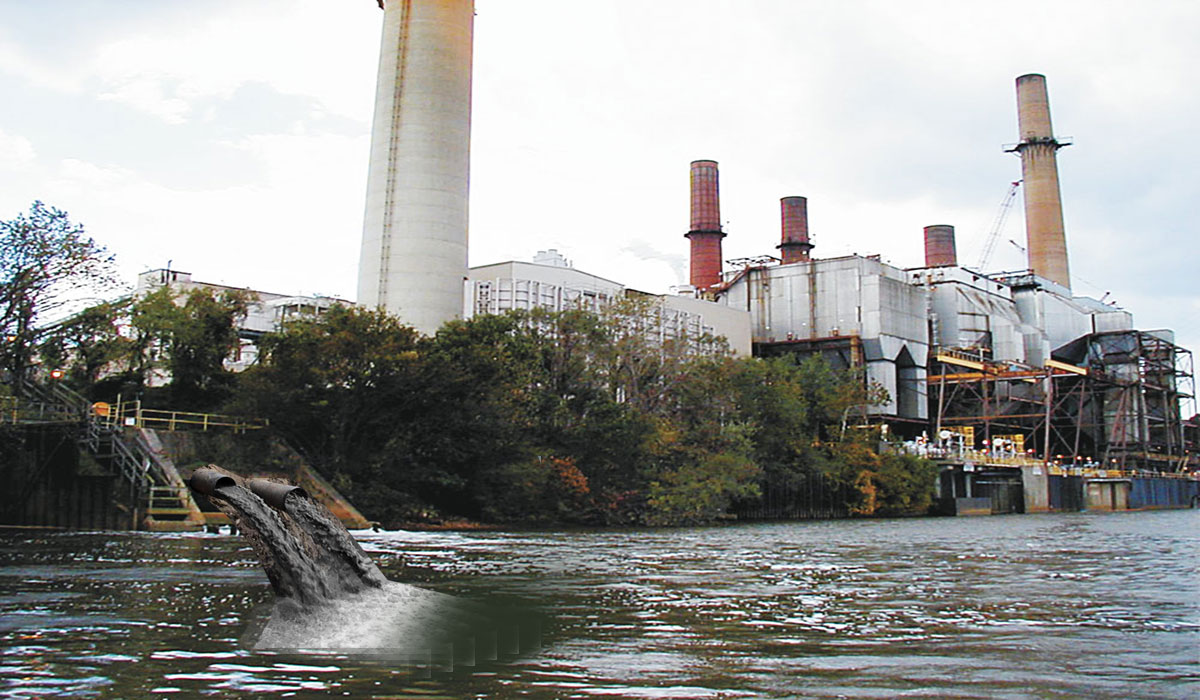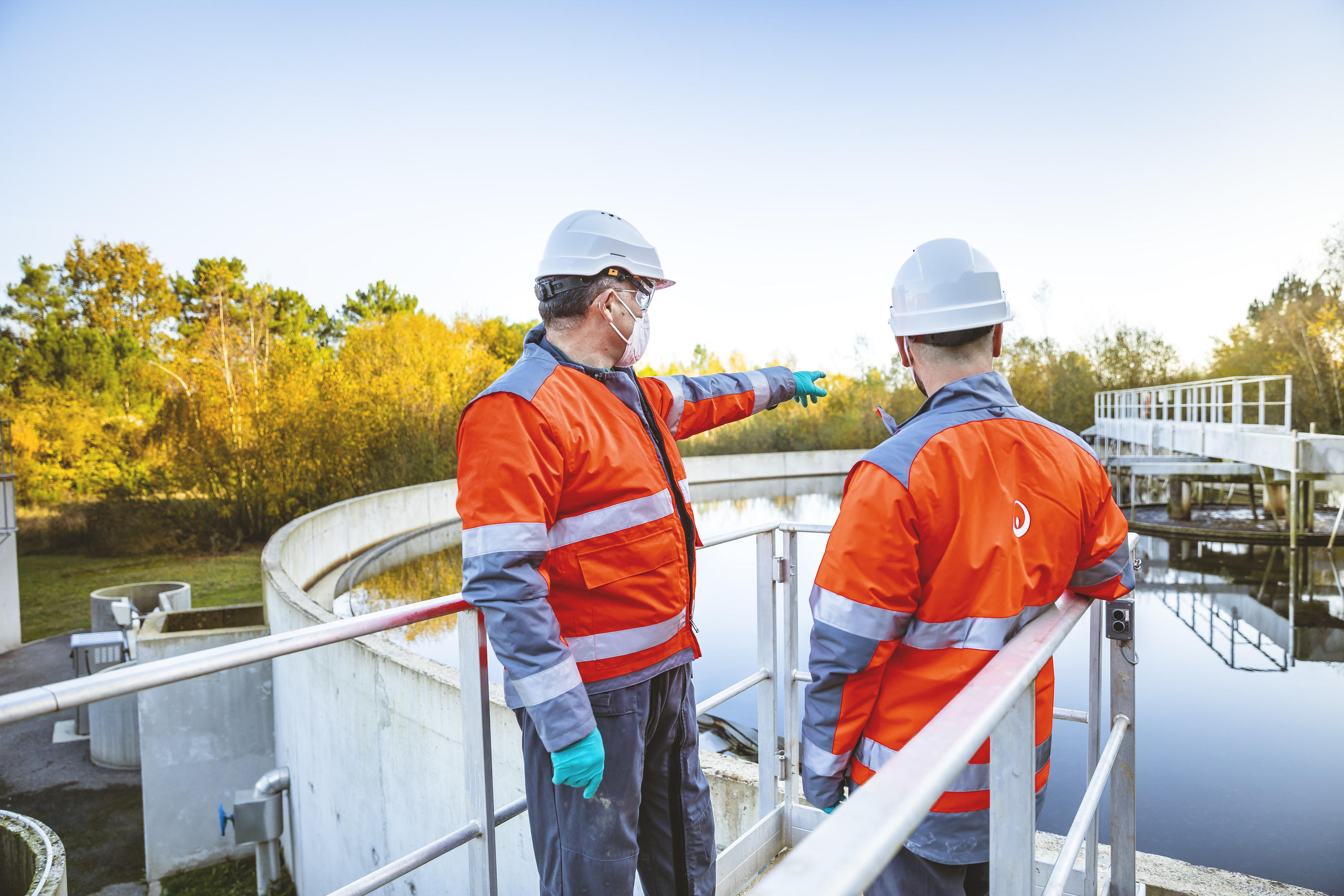Industrial Waste Water Treatment-- Secure the Environment with Professional Water Treatment Services
Industrial Waste Water Treatment-- Secure the Environment with Professional Water Treatment Services
Blog Article
Key Strategies in Hazardous Waste Water Treatment Processes
The therapy of industrial wastewater is an important element of ecological management, including a series of strategies designed to minimize the impact of impurities. From the fundamental physical techniques that separate solids to the sophisticated chemical and biological procedures that target details pollutants, each strategy plays a vital function in accomplishing water top quality criteria. In addition, advancements in modern technologies such as membrane filtering and advanced oxidation processes use innovative remedies for enhancing therapy efficiency. Understanding just how these techniques interconnect and their implications for sustainability elevates vital inquiries concerning the future of wastewater monitoring in sector.
Physical Treatment Approaches
Exactly how efficiently can physical therapy approaches resolve the intricacies of industrial wastewater? Physical treatment methods play a pivotal role in the preliminary stages of wastewater management, concentrating largely on the removal of solids and huge particulates. Strategies such as flotation, filtration, and sedimentation are vital for minimizing the focus of put on hold solids, thereby improving the effectiveness of subsequent therapy processes.
Sedimentation involves the gravitational settling of solids, enabling the separation of much heavier products from the wastewater. This method is specifically efficient in clearing up water prior to organic or chemical therapies. Filtration, on the other hand, makes use of different media to capture particulate matter, guaranteeing that smaller sized pollutants are gotten rid of. This method can be tailored to accommodate different sorts of industrial effluents, generating clearer effluent streams.
In addition, flotation protection methods, which utilize air bubbles to lift put on hold solids to the surface area for removal, work in treating wastewater with high focus of fats, oils, and greases. Generally, physical therapy techniques act as an important very first step in the comprehensive administration of commercial wastewater, making certain that the load on succeeding treatment phases is lessened and boosting total therapy efficiency.
Chemical Treatment Techniques
While physical therapy techniques prepared for effective wastewater monitoring, chemical therapy techniques are important for dealing with the much more complex pollutants commonly found in commercial effluents. These approaches make use of various chemical agents to speed up, reduce the effects of, or oxidize damaging materials, guaranteeing a much more complete removal of contaminants.
One common method is coagulation and flocculation, where chemical coagulants such as aluminum sulfate or ferric chloride are added to advertise the gathering of put on hold particles. This procedure boosts solid-liquid separation, lowering turbidity and boosting water high quality. Additionally, neutralization processes are employed to readjust the pH of wastewater, utilizing bases or acids to neutralize acidic or alkaline streams, specifically.
Oxidation-reduction reactions play a crucial duty in degrading organic pollutants and pathogens. Chemical oxidants like hydrogen, chlorine, or ozone peroxide are used to break down complex natural compounds, making them much less unsafe or more biodegradable. Furthermore, advanced oxidation procedures (AOPs) integrate numerous oxidation strategies to enhance toxin removal efficiency.
Organic Treatment Processes
The efficiency of wastewater therapy is substantially improved by biological treatment procedures, which harness the all-natural metabolic tasks of microorganisms to decay organic issue and get rid of pollutants. Industrial Waste Water Treatment. These processes primarily include anaerobic and cardiovascular digestion, each tailored for details kinds of wastewater
Cardio therapy procedures use oxygen to sustain microbial development, Discover More promoting the break down of natural toxins right into carbon dioxide and water. Common methods include activated sludge systems, where oygenation storage tanks facilitate the mixing of wastewater with bacteria, and flowing filters, which motivate biofilm growth on media surface areas.
On the other hand, anaerobic therapy processes take place in the absence of oxygen, making use of anaerobic microorganisms to disintegrate raw material, causing biogas manufacturing, a renewable resource resource. Anaerobic digesters are often used in commercial setups for this objective, efficiently lowering the volume of sludge while producing valuable biogas.
The choice of an organic treatment method depends on wastewater characteristics, treatment objectives, and regulatory standards. The assimilation of organic processes in wastewater treatment not only improves pollutant removal effectiveness however also advertises sustainability by decreasing chemical use and sustaining source recovery.
Advanced Oxidation Processes

Typical AOP strategies consist of Fenton's reagent, photocatalysis, and ozonation. Fenton's reagent, a mix of hydrogen peroxide and have a peek here ferrous iron, catalyzes the development of hydroxyl radicals, making it efficient for treating wastewater containing phenolic compounds and other stubborn substances.
AOPs provide numerous benefits, including lowered sludge manufacturing and the capability to treat wastewater with high focus of natural contaminants. Nonetheless, the execution of AOPs calls for careful consideration of operational criteria and cost-effectiveness, ensuring that these innovative methods are properly incorporated into existing wastewater therapy systems.
Membrane Filtration Technologies

Microfiltration is reliable for removing put on hold solids and microorganisms, while ultrafiltration targets smaller sized natural particles and viruses. Nanofiltration connects the gap in between ultrafiltration and turn around osmosis, successfully getting rid of organic substances and divalent ions. Reverse osmosis supplies the highest possible degree of purification, made use of largely for desalination and removing mono-valent ions.
Membrane layer technologies use various advantages, consisting of reduced energy usage contrasted to typical treatment approaches, modular style for scalability, and the capacity for water healing and reuse. Nonetheless, obstacles such as membrane fouling and the demand for normal upkeep must be resolved to make sure system efficiency. Generally, membrane layer purification innovations represent a crucial element of contemporary industrial wastewater therapy methods, promoting sustainability and resource conservation in water administration.
Verdict
In verdict, commercial wastewater therapy employs a varied array of strategies, including physical, chemical, organic, and advanced approaches. Continued innovations in these approaches will certainly better improve the performance and effectiveness of wastewater treatment procedures in industrial setups.
The treatment of industrial wastewater is an essential facet of ecological management, involving a range of strategies developed to minimize the impact of pollutants.Just how efficiently can physical treatment techniques resolve the intricacies of industrial wastewater?Advanced oxidation procedures (AOPs) represent a sophisticated strategy in industrial wastewater therapy, designed to effectively degrade natural pollutants that are usually resistant to standard treatment methods (Industrial Waste Water Treatment).In final thought, commercial wastewater therapy uses a diverse variety of strategies, consisting of physical, chemical, organic, and advanced methods. Continued improvements in these methods will certainly better improve the performance and performance of wastewater therapy procedures in commercial settings
Report this page